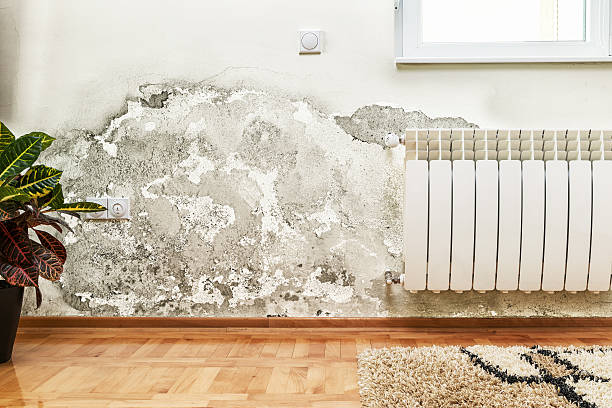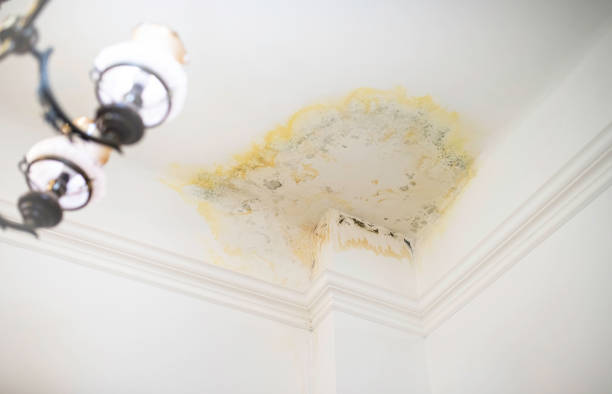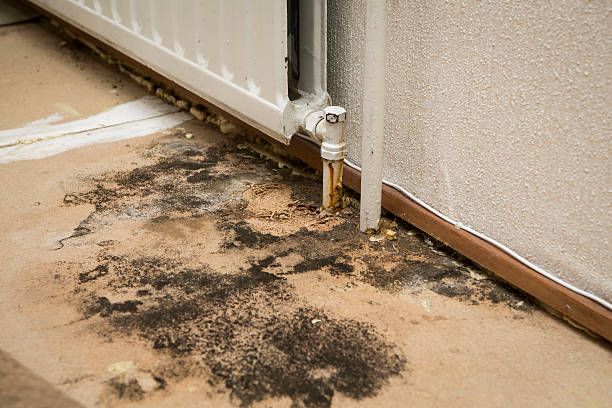Mould & Indoor Air Quality
What is Mould
|
Fungi are crucial organisms, most notably for their role in decomposition. Moulds are a filamentous form of fungi which use microscopic structures known as spores to spread and reproduce. These spores are responsible for the recognisable dusty appearance with which mould is often associated.
Mould is essentially omnipresent, (with few exceptions, such as engineered environments like operating theatres). In each breath, we inhale mould spores, along with other particulates. However, there is a typical level of expectation of occupied and utilised spaces, and increased exposure can lead to impacts on individuals' health. Mould, Moisture and Indoor Environments
Mould spores typically float through the air and settle on surfaces, however, if enough moisture is introduced to allow biological activity, these spores may germinate and grow hyphae in a thread-like form.
As such, mould growth within buildings indicates excess moisture is present. This can be due to a variety of things, a few examples being flooding, leaking pipes, or inadequate ventilation. Mould growth within properties may be microscopic, visible, or hidden, but in each case leaves a risk of elevated mould levels within the air, and thus increases the risk of exposure through inhalation. Indoor Air Quality
The indicators of poor indoor air quality are hard to define, and often, it is first noted by those in such environments by illness and ailments.
There is an assortment of pollutants that can be involved with this. However, when excess moisture is known to be present, there is almost certainly mould contamination. Other indoor environmental pollutants
|



